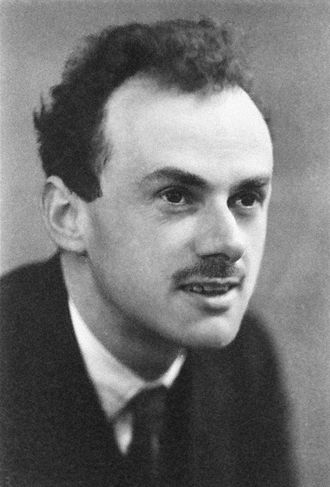Paul Dirac: Difference between revisions
No edit summary |
No edit summary |
||
| Line 13: | Line 13: | ||
===A Mathematical Model=== | ===A Mathematical Model=== | ||
[[File:Example.jpg]] | |||
[[File:Example.jpg]] | |||
[[File:Example.jpg]] | |||
==Connectedness== | ==Connectedness== | ||
Revision as of 21:21, 5 December 2015
jbuehler3
Born in August 1902, Paul Adrien Maurice Dirac was an influential theoretical physicist. Throughout his life he worked on quantum mechanics and even invented a new subfield of quantum electrodynamics. He won a Nobel Prize in 1933. He had a family with a wife, two of his own children, and two adopted children. He died in 1984.
The Main Idea
State, in your own words, the main idea for this topic
A Mathematical Model
Connectedness
- How is this topic connected to something that you are interested in?
- How is it connected to your major?
- Is there an interesting industrial application?
History
Put this idea in historical context. Give the reader the Who, What, When, Where, and Why.
See also
Are there related topics or categories in this wiki resource for the curious reader to explore? How does this topic fit into that context?
Further reading
Books, Articles or other print media on this topic
External links
References
This section contains the the references you used while writing this page

